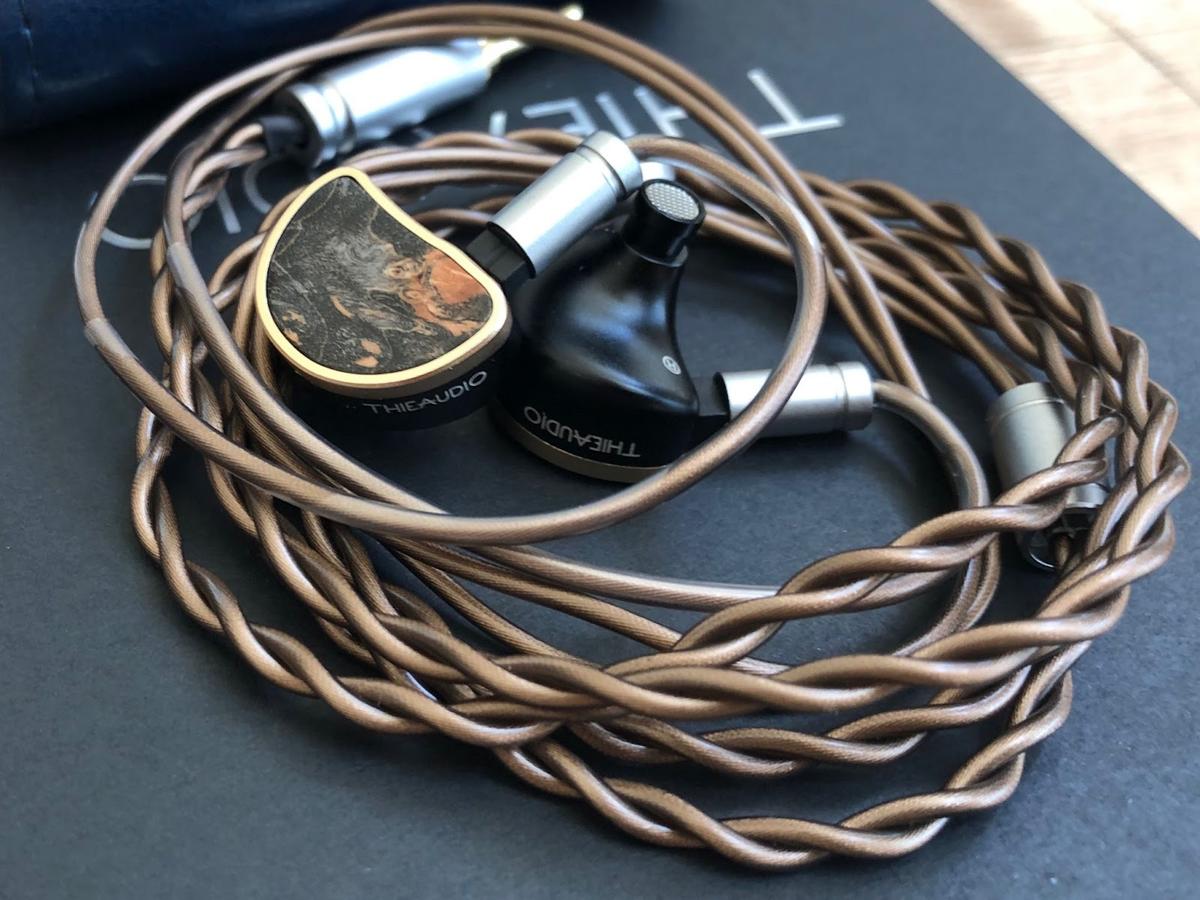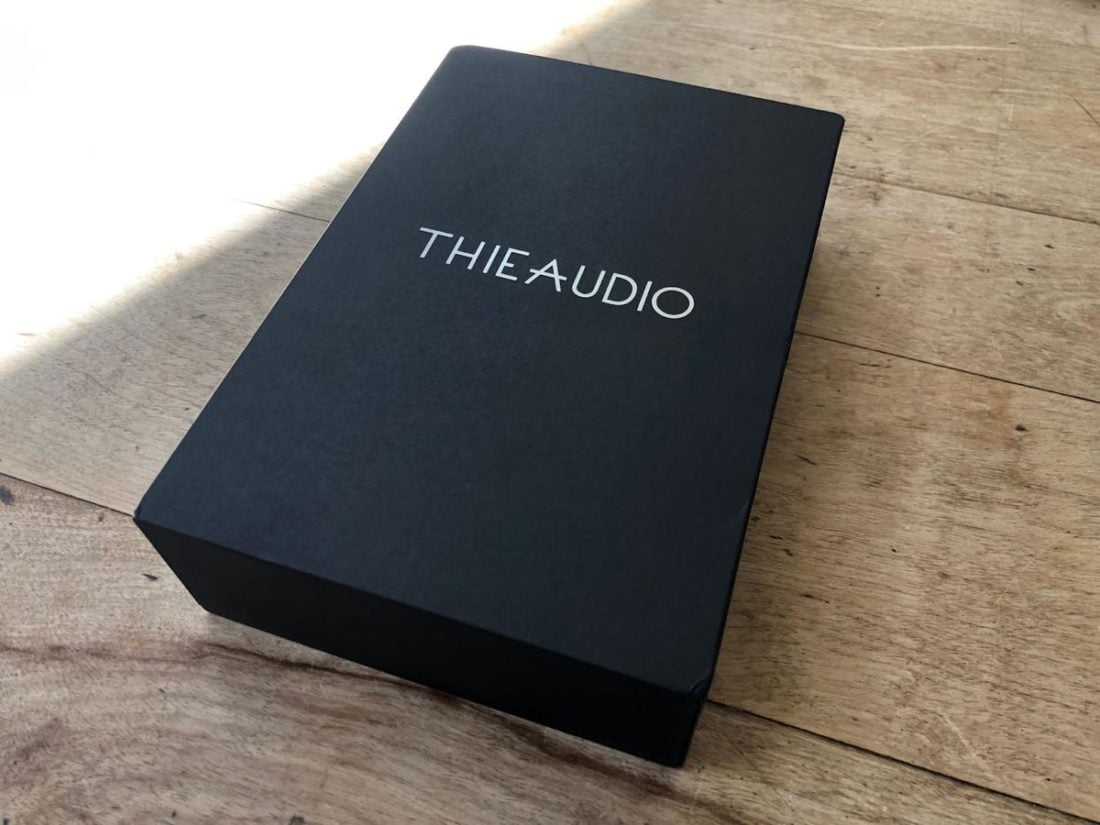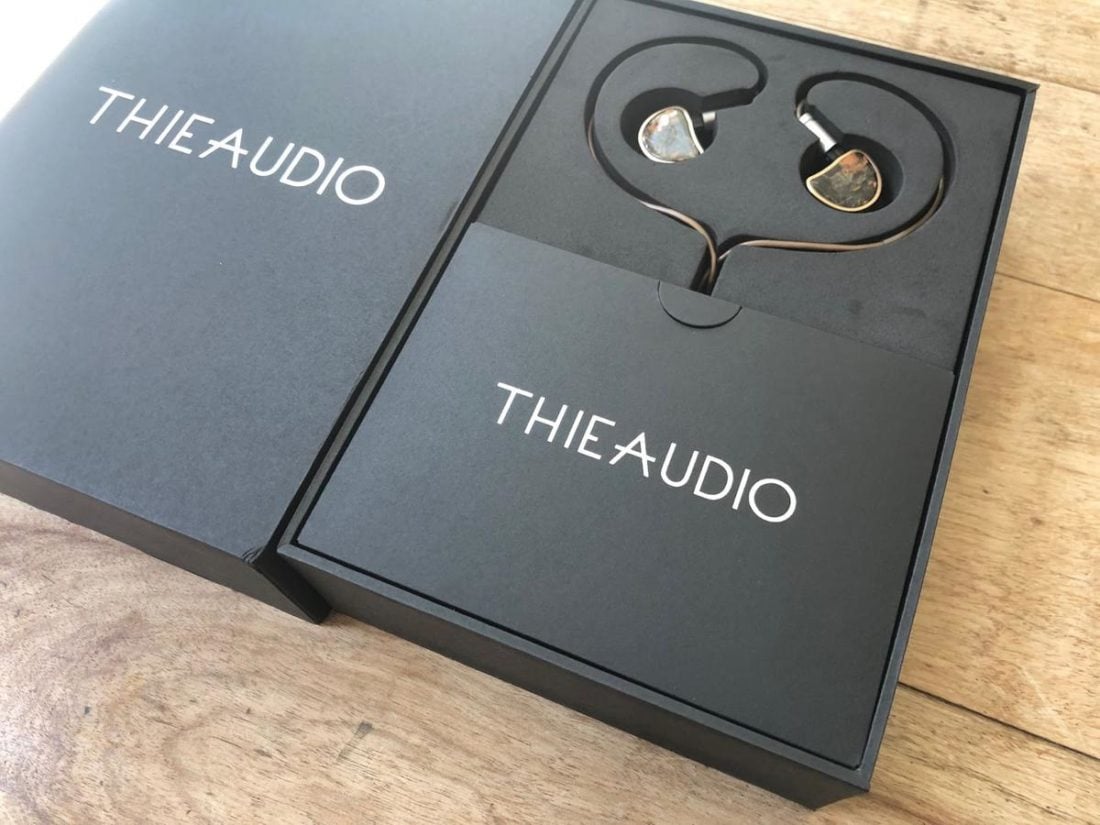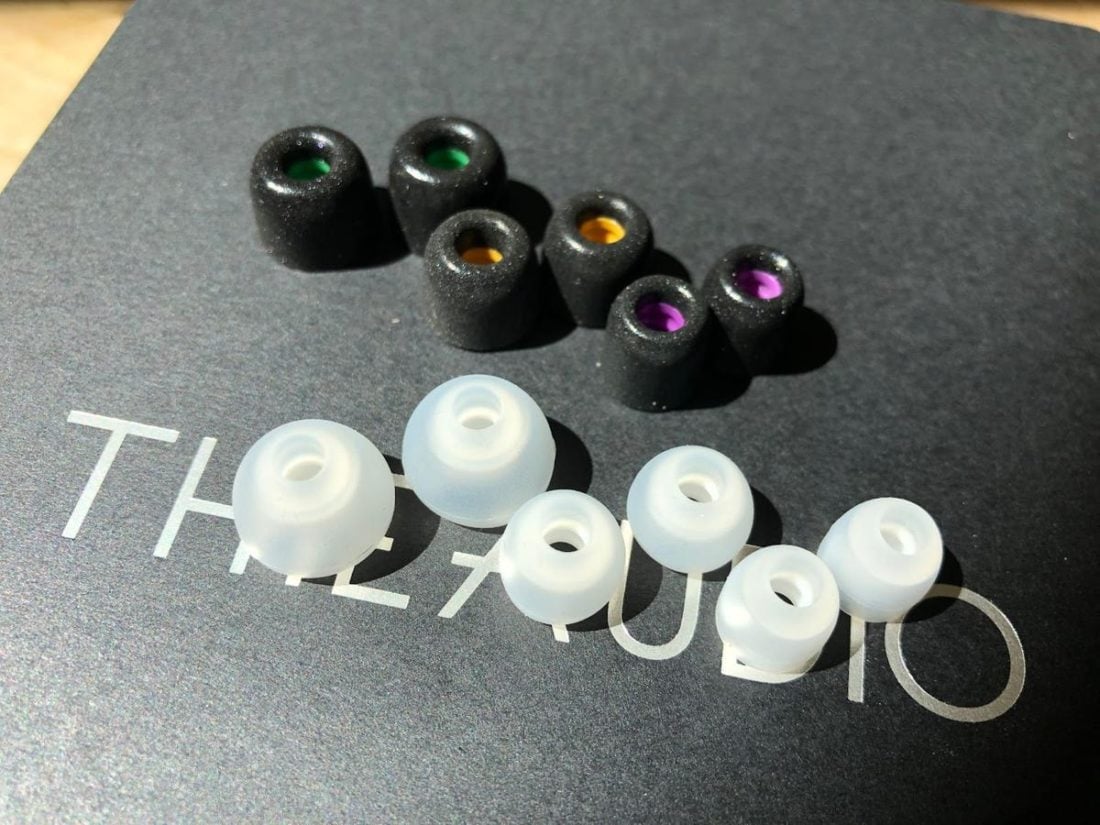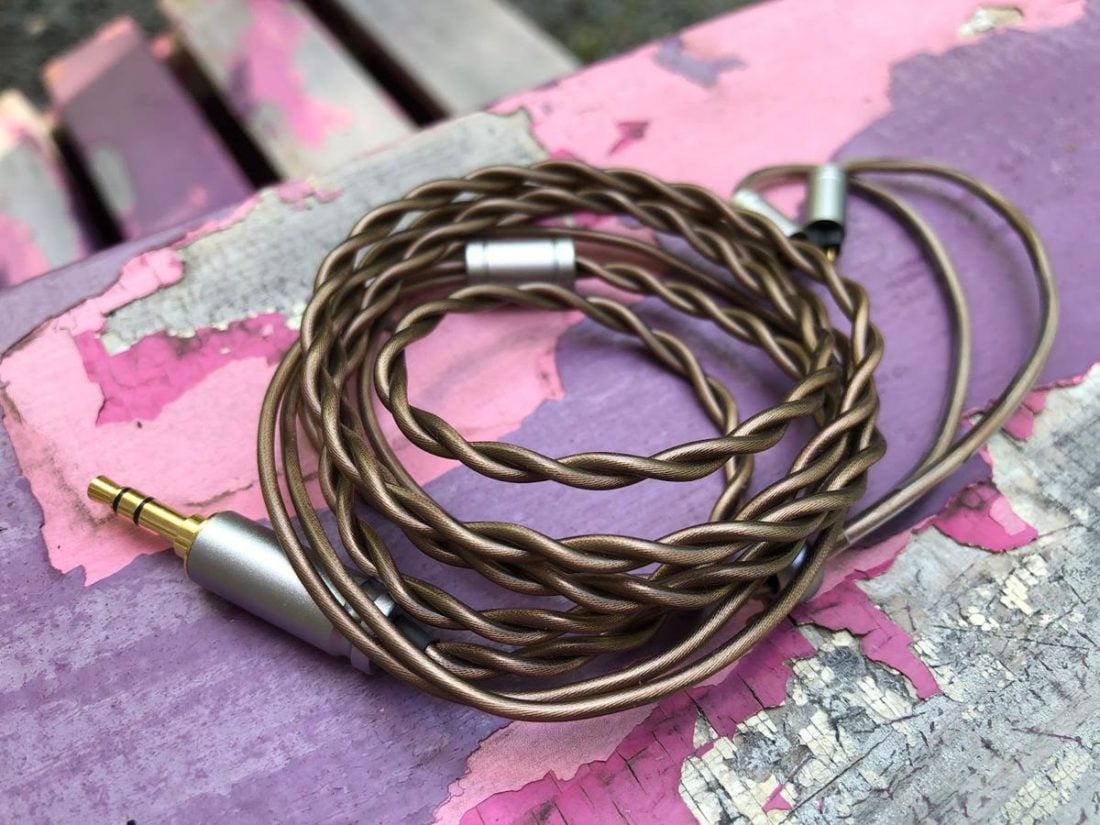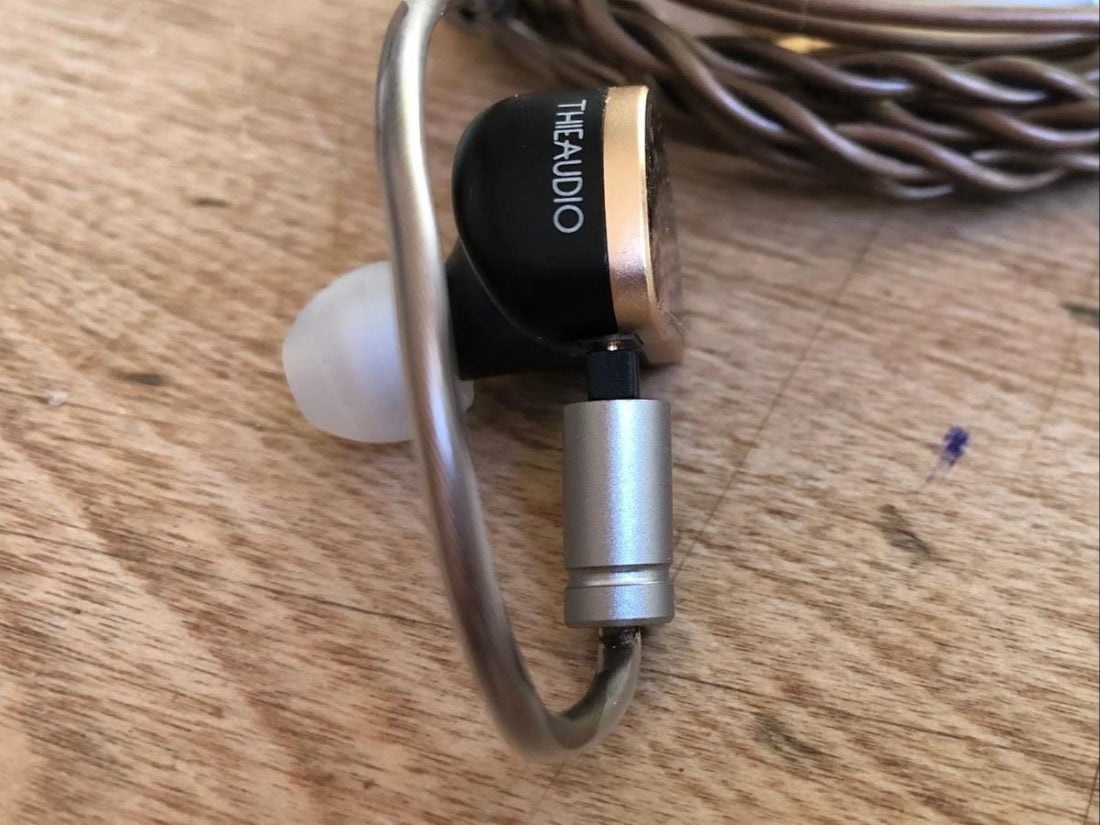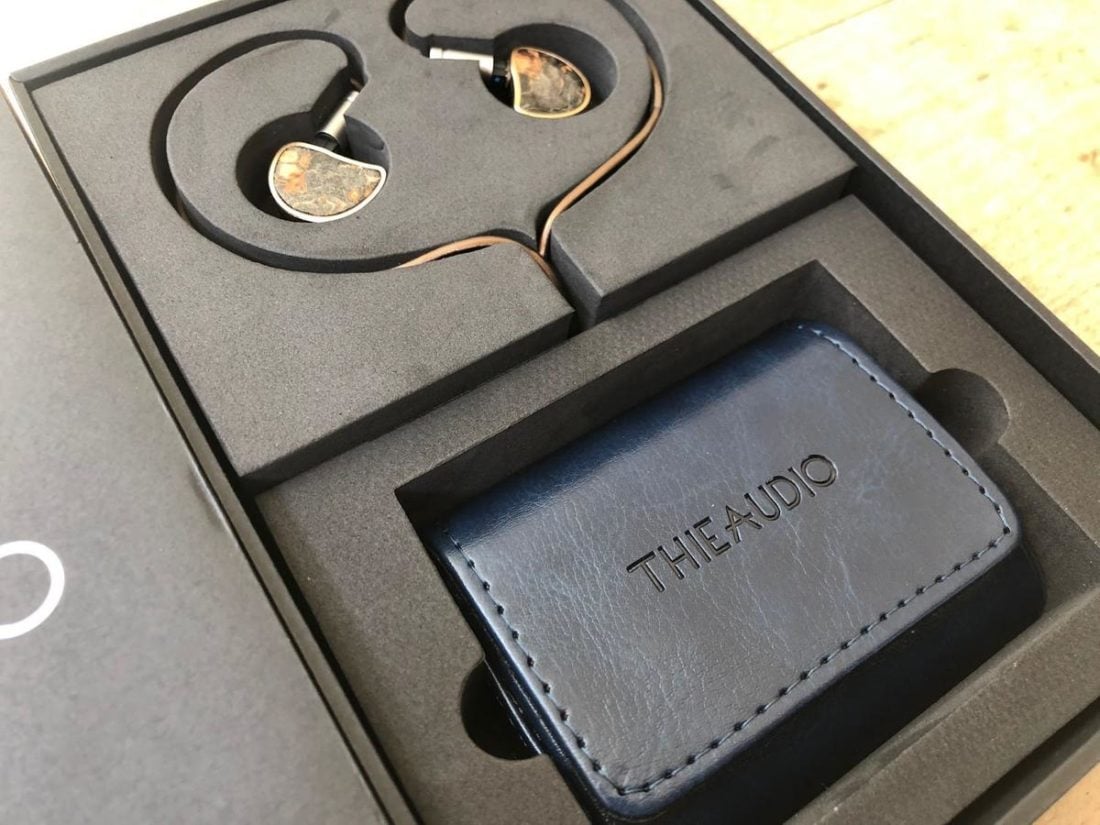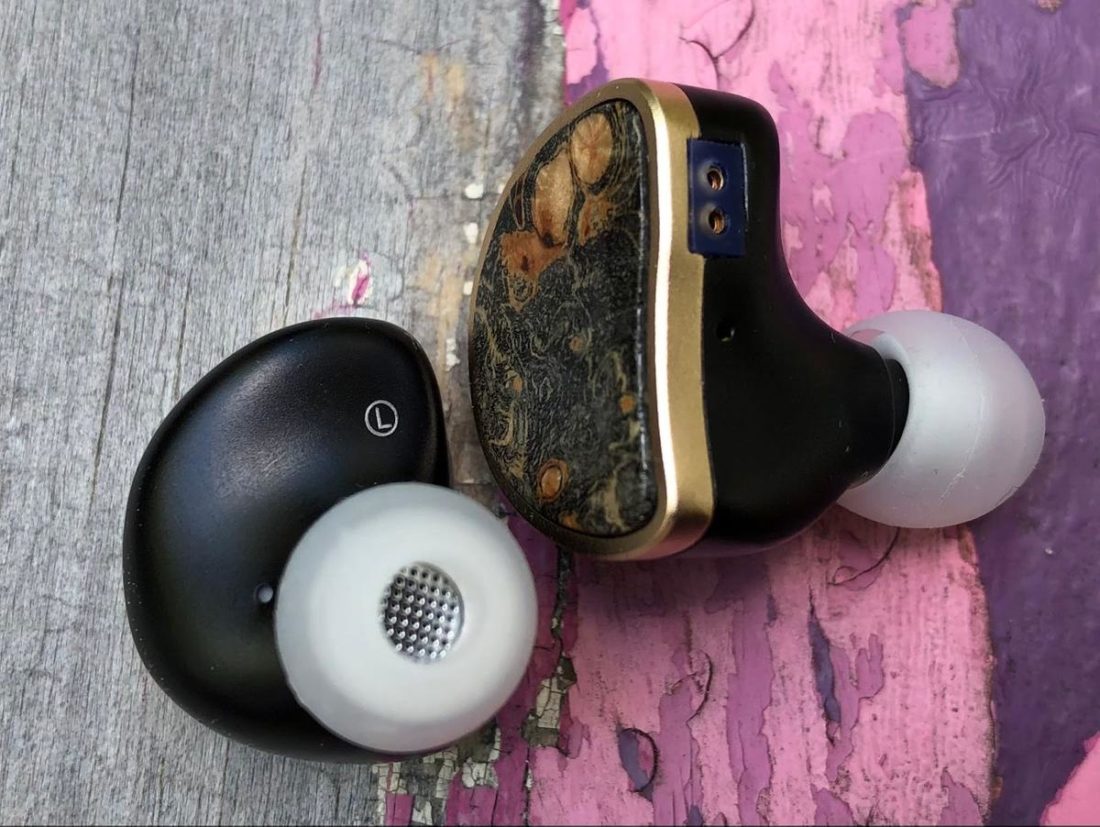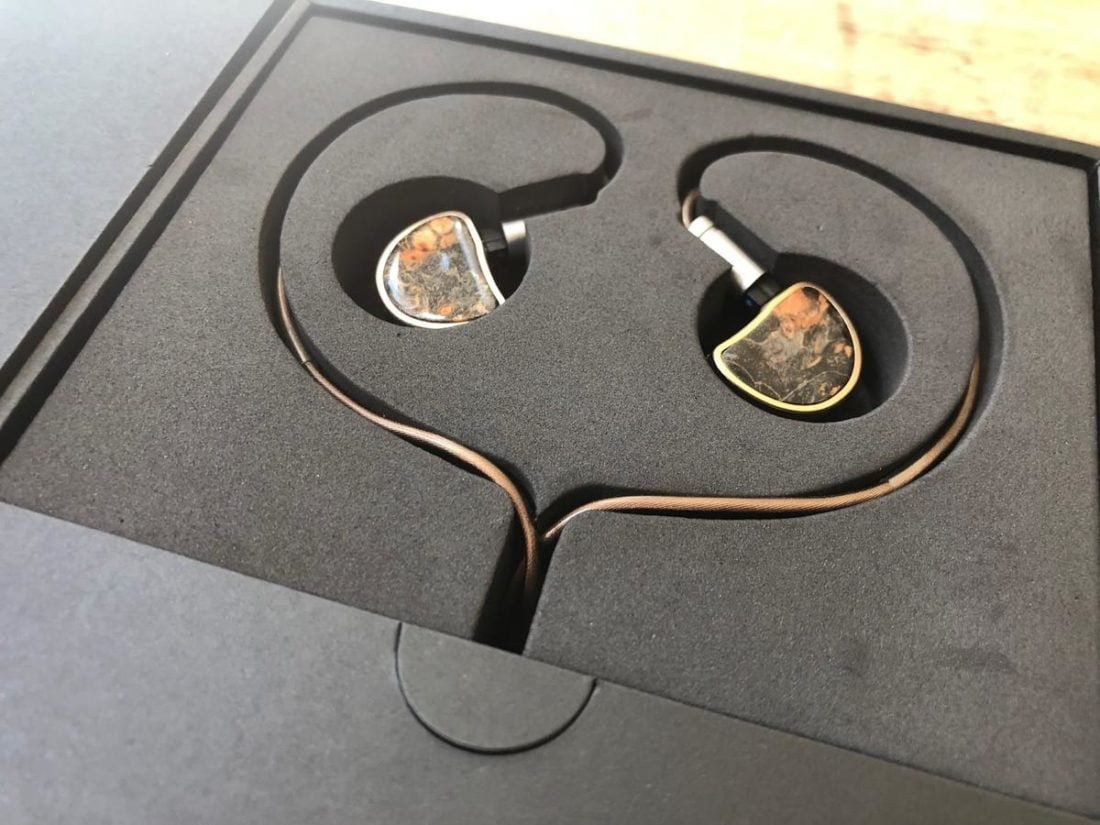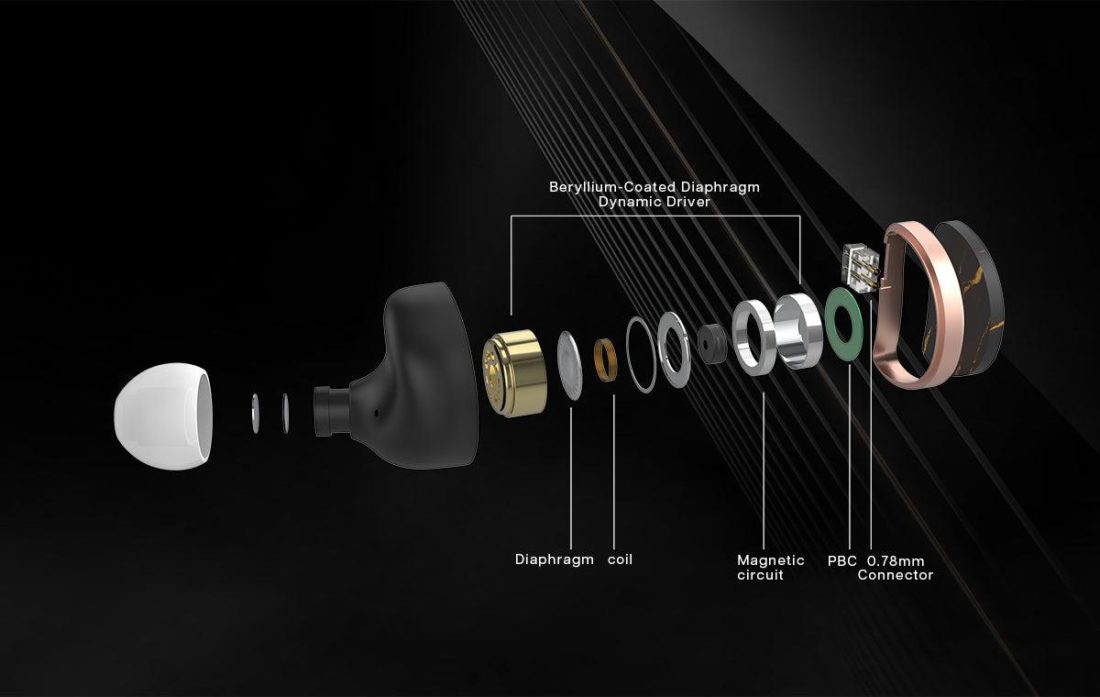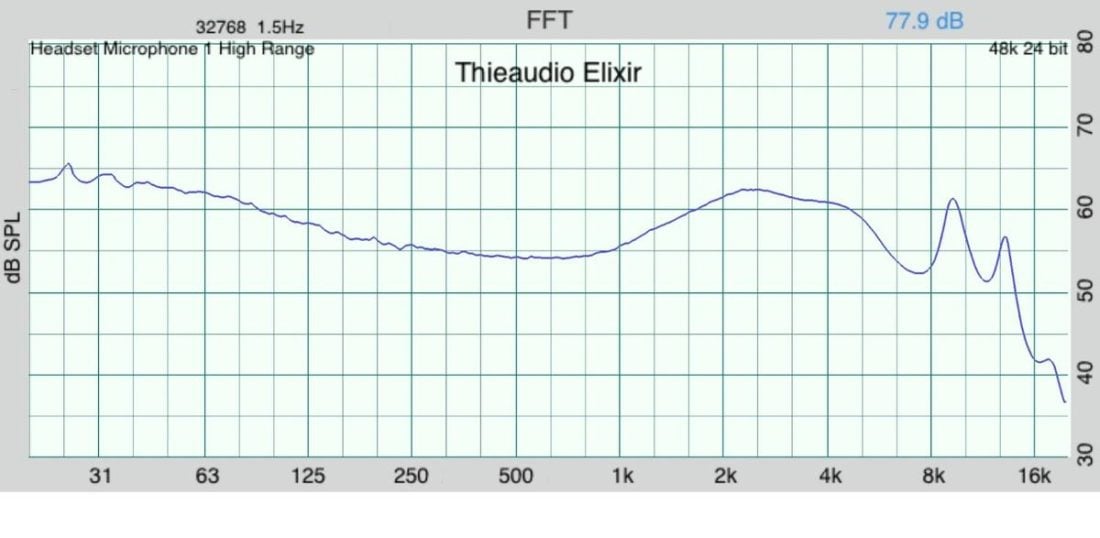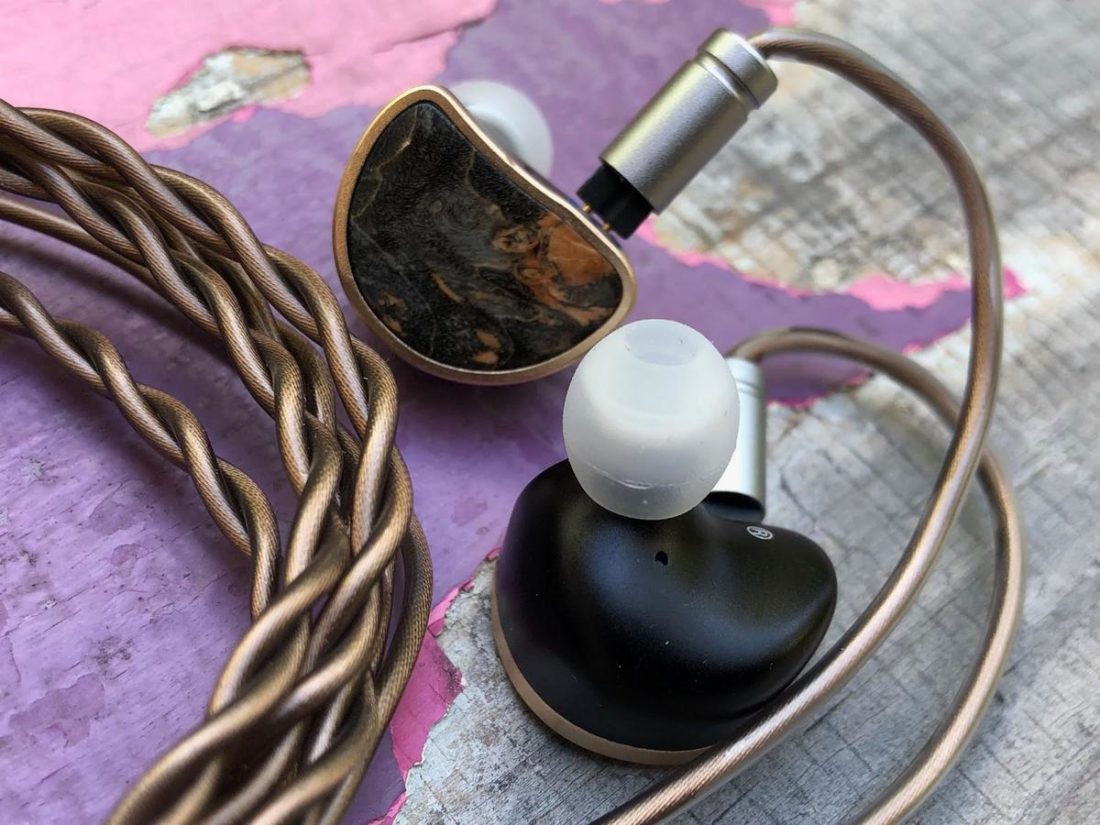You may be familiar with Thieaudio. The company is the house brand of Chinese portable audio retail giant Linsoul and has made waves with a variety of very successful IEMs. From affordable options such as the Legacy 3 to higher-end offerings like the Monarch, one aspect has been quite consistent within their lineup: the integration of multiple driver types into semi-custom shaped resin shells. Well, that is, until now. The Elixir are a new approach for Thieaudio. Abandoning their successful multi-driver designs, the Elixir are single dynamic driver IEMs housed in a burl wood chamber and aluminum shell. This new design seems to have Thieaudio looking back, rather than forwards, for inspiration. As a card-carrying member of the vintage hi-fi club (my main system is anchored by rebuilt 40+ year-old Marantz, JBL, and tube gear), this, as they say, is music to my ears. I’m all about the music listening experience over the numbers, graphs, and debates around the technical minutiae. Let’s just say that I enjoy vinyl and leave it at that. So, is this new approach simply marketing rhetoric from Linsoul, or have they really designed a palatable concoction to cure all of life’s ills? Have they transformed IEMs for the better with the Elixir and can they transport us to a golden listening era of the past?
Company Overview
Thieaudio is a creative endeavor of Chi-Fi mega-retailer Linsoul Audio. Founded in 2019, the “…goal of Thieaudio was to serve as a creative platform for gathering the best teams of engineers … For each project, we hand-select the most innovative and renown [sic] engineers in his or her field to oversee the design, engineering, and manufacturing of the products.”
Technical Specifications
Form: IEM Drivers: 3-Dimensional Velocity Transducer Diaphragm Dynamic Driver, 10mm, Beryllium coating Impedance (Ohm): 18Ohm Sensitivity (dB): 112dB Frequency Response (Hz): 20 Hz – 40 kHz Removable Cable: Y, 1.2m, 2 Core OCC + OCC-silver plated Litz cable Source Jack: 3.5mm Cup/Shell Jack: 2-pin, 0.78mm
Packaging
Thieaudio does not disappoint with their classy packaging or generous assortment of included accessories with any of their products. Inside the black lift-off box lid embossed with “THIEAUDIO” in silver, you will find the Elixir artfully displayed and protected in foam, and a cardboard envelope below. Lift out the envelope to reveal the blue faux leather case and accessories.
In the box
Elixir IEMs 1.2m cable 6 pairs of ear tips (S, M, L – memory foam and silicone) Case Paper manual
Cable
As is typical from Thieaudio, the Elixir cable is very high quality. While it isn’t quite as outstanding as the Monarch cable with its included balanced and single-ended adapters, it’s a nicely constructed 3.5mm cable with red/blue dots to indicate proper sides on the metal connectors and a matching y-split. The cable is relatively non-microphonic, reasonably flexible, and entirely functional. The Elixir are clearly carefully designed to be beautiful objects. The unique burl wood faceplates are impeccably constructed and finished. The black bodies and gold-colored aluminum that surrounds the burl are a perfect match in tone and color to the wood, and look good with the bronze-colored cable sheath. So, why are the cable’s aluminum bits for the connectors and y-split silver in color? Seriously, silver doesn’t match the Elixir at all! This is especially obvious when the cable is plugged into the IEMs and the silver and gold are beside each other. Yup, a nit-pick, but it appears like you are using a cable that happens to fit, rather than one that is intended for the Elixir. No. Unfortunately, it does not – at least as far as aesthetics go.
Design
Cable matching aside, the Elixir are undeniably a beautifully crafted pair of IEMs. As with all things constructed from wood or other natural materials, each pair is unique, and the wood pattern and texture will differ every time. The burl isn’t a simple wood grain and is reminiscent of astronomical photos of the storms on Jupiter. The final result is complex and gorgeous. The remainder of each IEM body is a single flowing piece of black aluminum, with a small vent near the lipped nozzle and another on the top edge near the flush 2-pin connector. “THIEAUDIO” and “L” or “R” are written in easy-to-read white on the black.
Comfort
Overall, I find the fit to be merely OK. The Elixir’s contours seem more generic and less ergonomically shaped, and as such, they just don’t seem to fit me as well as the Monarch for example, even though the Monarch bodies are far larger. The nozzle angle is a little too forward than is ideal for my ear shape, and this affects the seal and resultant sound. After playing around with the included ear tips, I finally settled on the medium-sized silicone tips, but I’m still not convinced I’m getting a perfect fit. In the end, they are certainly usable and reasonably comfortable, but the lack of feeling like “these things are made for me” will likely impact how often I pick the Elixir out to listen to, which is a shame, as they have much to offer sonically.
Internals
Never ones to shy away from technical-sounding lingo, the Elixir sport what Thieaudio calls their newly developed “3-dimensional Velocity Transducer diaphragm, dynamic driver”. Say that three times fast. They manually test and pair-match each set of drivers before hand-assembling the Elixir. Additionally, Thieaudio claims that the acoustic chamber housing the driver is engineered to tailor the tonal signature. The internal structure of the driver is also novel, utilizing stronger pole magnets and a completely copper voice coil actuator, unlike traditional aluminum ones used in most dynamic driver assemblies.” – Thieaudio The Elixir are quite efficient (18Ohm impedance, 112dB sensitivity) and should have no problems being driven by most portable sources.
Thieaudio Elixir Sound
The stated sound goals for the Elixir are a “balanced and natural tonality” with a sound that is “free of any harsh abnormalities or lacking at any frequency interval.” Full disclosure, I tend to gravitate to warmer sounding audio gear with a solid low end and non-fatiguing highs. As mentioned before, my love of vintage 70’s era Marantz 22xx receivers matched to large JBL monitors is far more on the big warm side of sonics than critical listening. Rather than a typical v-shaped sound, the Elixir have a slight low-end bump with a fairly prominent upper midrange and a somewhat tame treble response. This tends to make things sound more smooth than ultra-detailed and provides an enjoyable listening experience. They aren’t dark or veiled, and vocals really jump out and shine with the Elixir. The generality that cohesion and tonality benefit from a single driver design seems to prove true for the Elixir. Instruments and voices really do sound pure and present a natural true-sounding impression. The Elixir also do a good job imparting a sense of space, and the sound never comes across as congested or claustrophobic. The extremes, both high and low, are fairly tame and the Elixir aren’t the most dynamic sounding pair of IEMs I’ve encountered. The high end stays clear and fairly extended, but these aren’t excessively airy or crisp sounding and err slightly more towards smooth, easy listening. The low end is where the Elixir could have a little more life to better match my tastes. There isn’t a whole lot of punch or impact with bass hits. While it’s possible that this may be (at least partially) due to never quite achieving a perfect fit in my ears – certainly the quality of the seal greatly influences bass response – I believe this to be more a feature of the IEMs themselves than my unique fit situation. Again, YMMV.
Bass
The Elixir bass is a matter of quality over quantity. The tonality is very good and they stay clear and controlled, but I could do with a bit more slam. This is a more accurate than fun presentation, but I tend to like more mid-bass punch. The extension is quite decent down into the sub-bass region, which does help the bass presence.
Midrange
The mids peak around the upper midrange, which adds a touch of energy and makes voices and instruments more forward in the mix. The midrange tonality is very convincing and real-sounding and this is where the Elixir really shine. Guitars sound simply great, vocalists sound present and natural, and everything is oh-so clean. Perhaps this is the vintage and lush sound that Thieaudio was going for in tuning the Elixir. If you equate a smooth but natural sound signature with analog and vintage, I’d say they succeeded.
Treble
Compared to Thieaudio’s hybrid and tribrid designs, the Elixir treble is quite polite. Resolution and detail are good and things are forward without being ‘too much.’ It’s not the shimmery sparkly heights of magnetostatic drivers but is a more integrated sound signature that continues the tonality from the somewhat elevated upper mids. The sense of space and vocal impact seems to be reinforced by the treble tuning and the Elixir do a great job balancing clarity with a grounded and reasonably meaty overall sound.
Where to Buy
Conclusion
I admit it, I get interested whenever Thieaudio announces a new pair of IEMs, in a way that few other Chi-Fi companies capture my attention these days. There is so much repetition and it’s beyond my abilities to keep up with all of the flavor-of-the-week IEM releases. So, when Thieaudio announced they were releasing a whole new driver setup, and that the tuning is inspired by vintage audio, I was quick to agree to review the Elixir. Especially interesting is the near USD$200 price point, which makes them on the affordable side of the Thieaudio lineup. For the most part, the Elixir are a success, capturing the cohesiveness and smooth presentation that better single dynamic driver IEMs can produce. I just wish that they fit me a bit better and that the darn cable actually matched the color scheme of these beautiful IEMs. Even so, these have the potential to be the ideal pair of IEMs for someone. Unfortunately, the shape of my ears means that someone just isn’t me. With a little hocus-pocus and transmutation, perhaps the foreseeable Elixir 2 may suit me a little better.
